
Aston Martin DB2
- Production Dates: May 1950 – April 1953
Details of the DB2 were released to the Press on April 12, 1950 and was shown as a production car at the New York Motor Show on April 15-23.
The DB2 followed the 2-litre sports chassis design in many ways but was 9 inches shorter in the wheelbase. The body itself was the work of designer Frank Feeley and was built around a square section tube frame on which an aluminium body was attached. The new DB2 engine was designed under the guidance of the great W.O.Bentley.
The DB2 was available in both Coupe and Drophead Coupe. The engine had twin overhead camshafts, hemispherical combustion chambers, a stroke of 90 mm and bore 78 mm giving a capacity of 2580 cc.
In standard form, power output was 105bhp. A 125bhp Vantage version was later offered. The DB2 is known for its superb chassis, great performance, and an immense amount of character.
Specification
- Price New: £ 1,915 (Saloon), £ 1,598 (Drophead Coupe)
- Engine: dohc I-6, 2580 cc,
– 105 bhp @ 5000 rpm,
– 125 lbs-ft @ 3000 rpm (Vantage: 125 bhp @ 5000 rpm, 144 lbs-ft @2400 rpm) - Transmission: 4-speed manual
- Suspension:
– Front: trailing arms, coil springs, anti-roll bar
– Rear: live axle, trailing links, Panhard rod, coil springs - Brakes: front/rear drums
- Wheelbase: 8’3″
- Weight: 1111kg
- Top Speed: 117 mph
- 0-60 mph: 11.2 sec.
Perhaps the most beautiful new car of the 1940s, the Aston Martin DB2 was the creation of Frank Feeley, a natural genius with an unerring sense of line and proportion who had come to Aston Martin with the Lagonda marque, bought by David Brown for its twin cam six-cylinder engine designed by a team led by W.O. Bentley.
The first three DB2s raced at Le Mans in 1949; the fourth car – this car – was an experimental prototype adopted by David Brown as his personal road car. Brown’s DB2 already had 8000 miles on the clock when it was loaned to Laurence Pomeroy of The Motor in January 1950 for a 1000-mile Continental road test that reads as a chronicle of bibulous good living on an expense account during an era of austerity.
The car’s first private owner was playboy racing driver Lance Macklin, who during the course of an adventurous trip to compete in the Targa Florio in Sicily (he crashed), finished fourth overall and second in class in the Coppa Inter-Europa race at Monza. Macklin’s DB2 also won a cup against strong Italian opposition in the very special concours d’elégance open only to cars that had finished the race.

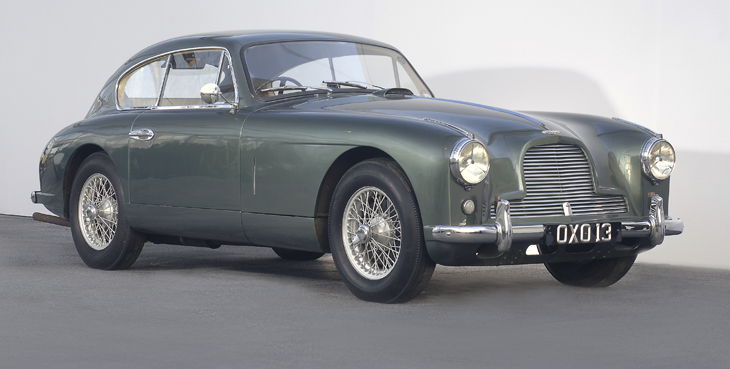

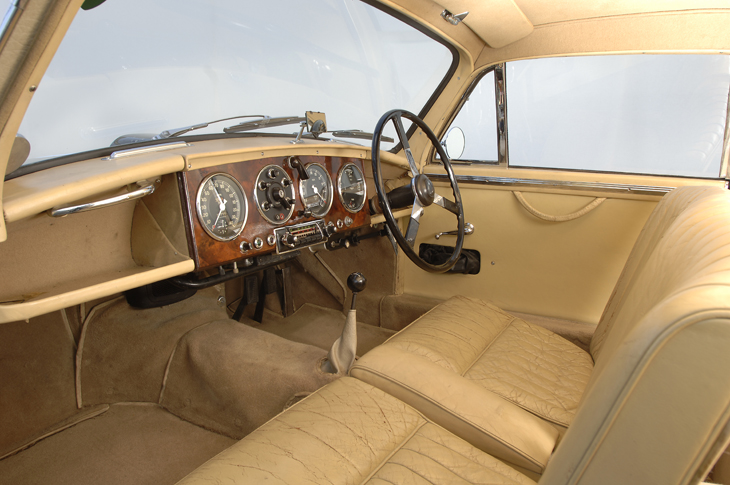
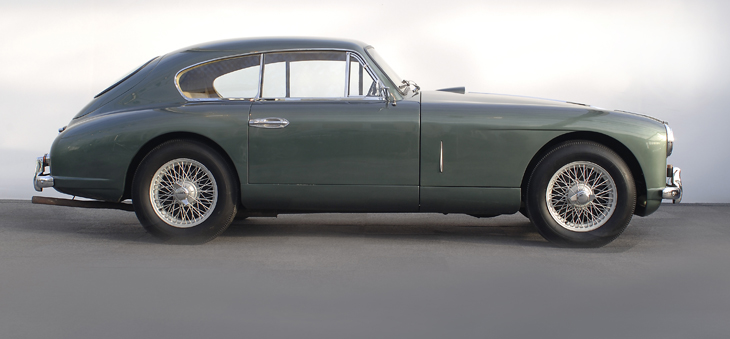
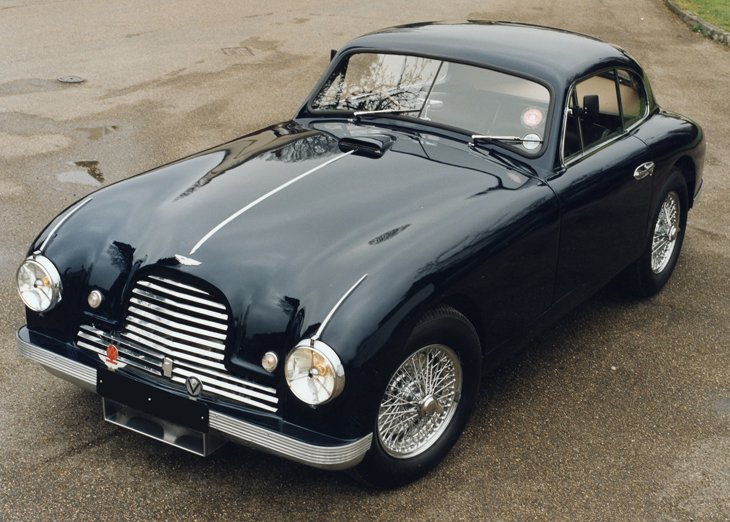

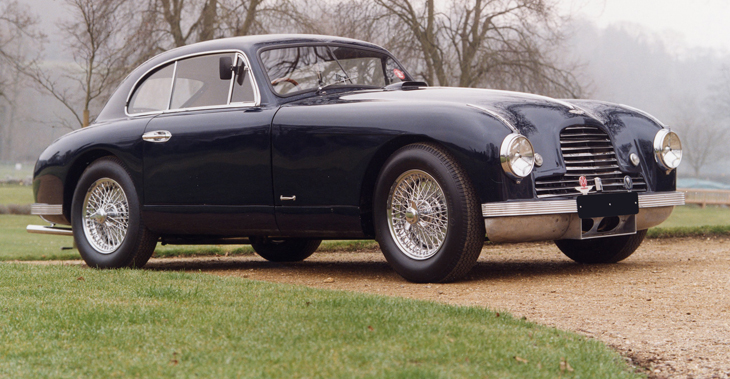
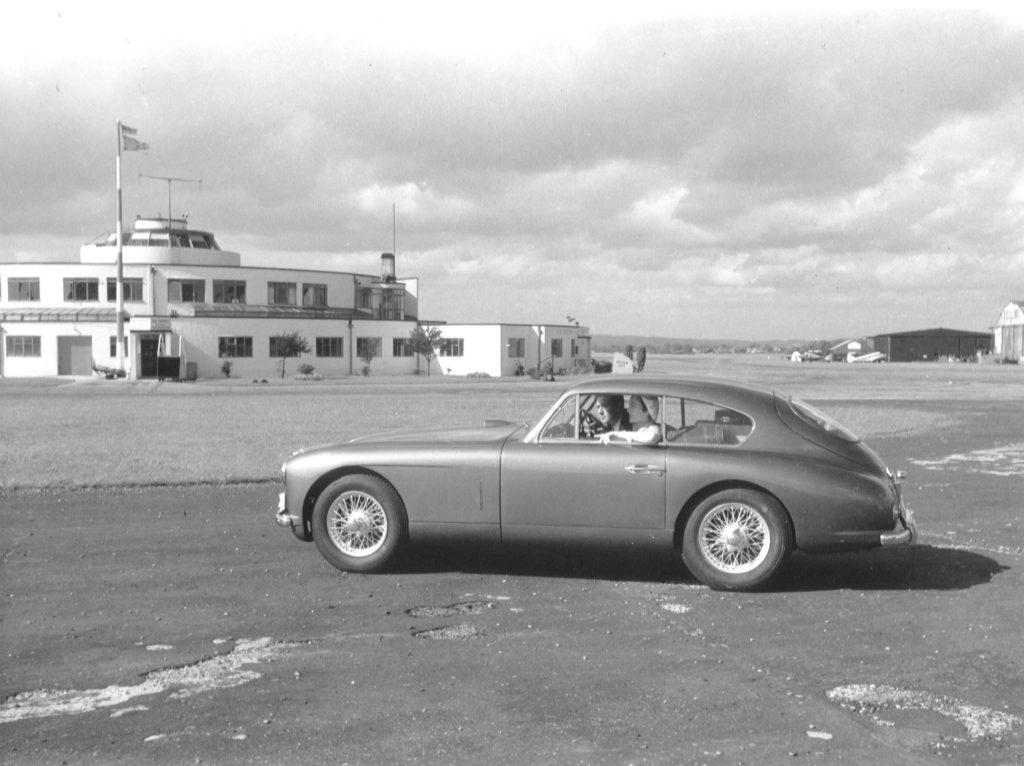

You must be logged in to post a comment.